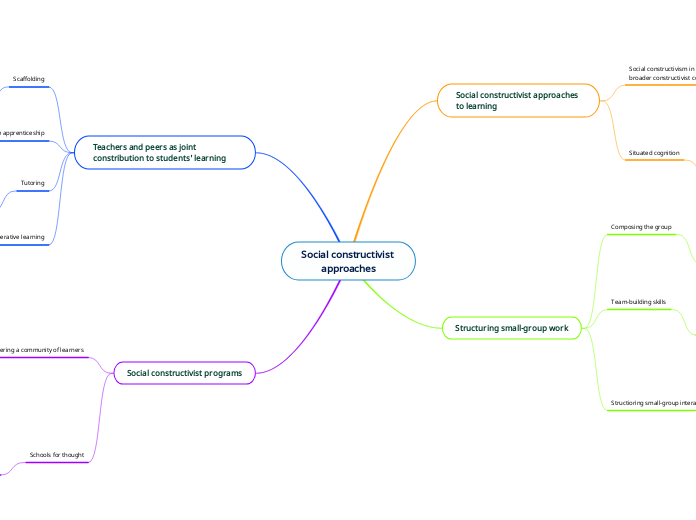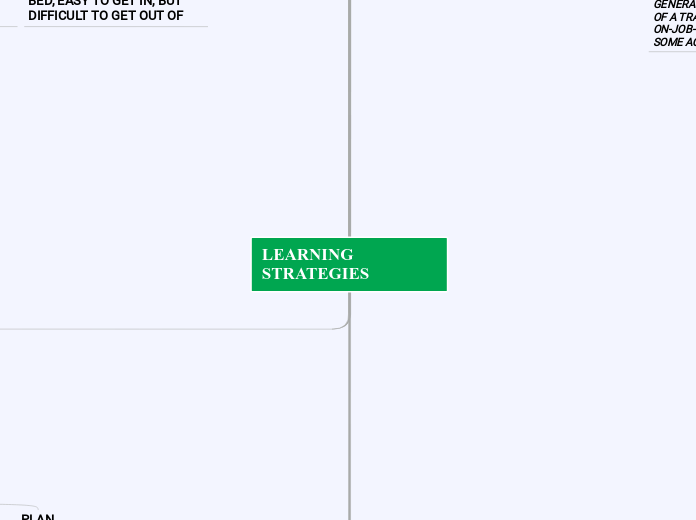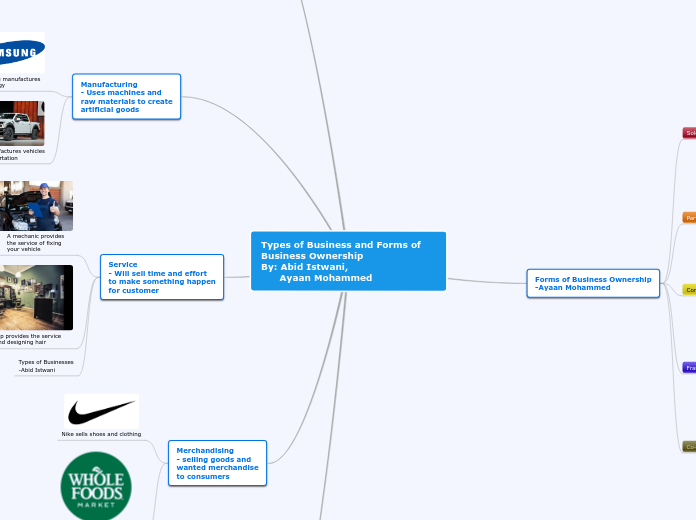by VALERI MORALES HERNÁNDEZ 3 years ago
277
Social constructivist approaches
Social constructivist approaches emphasize learning through social interaction and collaboration. Key concepts include cognitive apprenticeship, where an expert guides a novice to develop skills and understanding within a cultural context.









